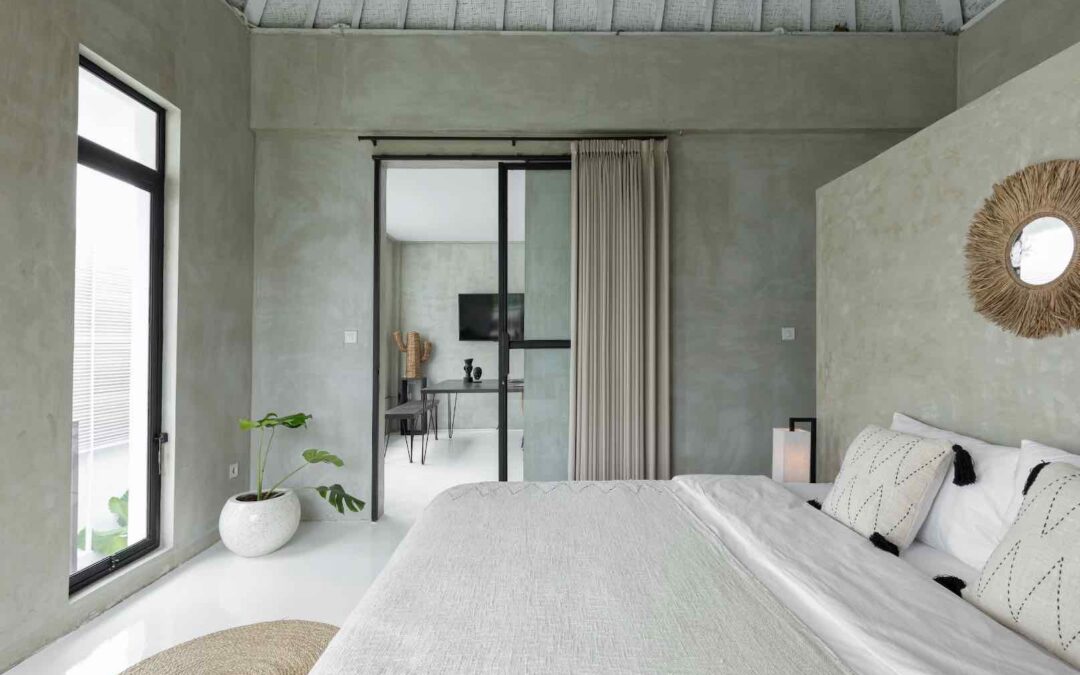In Nevada, the charm and character of older homes often come with a question – are they more expensive to insure? The answer isn’t straightforward, as various factors come into play. This blog post aims to unpack the complexities surrounding the insurance of older homes in Nevada, providing homeowners with valuable insights and practical advice. We’ll explore why these homes might attract higher insurance rates and what owners can do to mitigate these costs. Whether you’re a proud owner of a vintage Vegas bungalow or a historic Reno residence, understanding these nuances is key to making informed insurance decisions.
Factors Influencing Insurance Costs for Older Homes
- Age-Related Risks: Older homes are generally considered riskier to insure due to aging infrastructure, outdated electrical wiring, and plumbing systems.
- Replacement Costs: The unique features and materials of older homes can result in higher replacement costs, impacting insurance premiums.
Assessing the Condition and Upgrades
- Regular Inspections and Maintenance: Conducting regular inspections and keeping up with maintenance can mitigate some risks associated with older homes.
- Upgrading Essential Systems: Modernizing electrical, plumbing, and HVAC systems not only reduces the risk of damage but can also lower insurance costs.
Insurance Policy Considerations
- Specialized Insurance Policies: Some insurers offer specialized policies for older homes that consider their unique characteristics and replacement costs.
- Discounts for Improvements: Ask your insurer about discounts for home improvements that reduce the risk of damage, such as installing a new roof or security system.
Location-Specific Considerations in Nevada
- Nevada’s Climate and Environmental Factors: Factors like Nevada’s dry climate and potential for natural disasters can affect insurance rates for older homes.
- Historical Significance: Homes with historical significance might have specific insurance requirements and potential subsidies or tax breaks.
Cost-Saving Strategies and Options
- Comparison Shopping: Compare quotes from multiple insurance providers to find the best rates and coverage for your older home.
- Higher Deductibles: Opting for a higher deductible can lower your insurance premiums, but ensure it’s an amount you can comfortably afford in case of a claim.
Innovative Approaches to Insurance
- Technology Integration: Utilizing smart home technology for fire and theft protection can be favorable in the eyes of insurers.
- Green Upgrades: Implementing eco-friendly upgrades can sometimes lead to insurance discounts, in addition to being environmentally responsible.
Conclusion: While it’s generally true that older homes in Nevada can be more expensive to insure, the picture is nuanced. Factors like the home’s condition, upgrades, and specific location play a significant role in determining insurance costs. By understanding these factors, conducting regular maintenance, and exploring innovative insurance options, homeowners can find the right balance between preserving their home’s character and managing insurance expenses. Ultimately, with careful planning and proactive management, the beauty and history of Nevada’s older homes can be enjoyed without undue financial burden.

